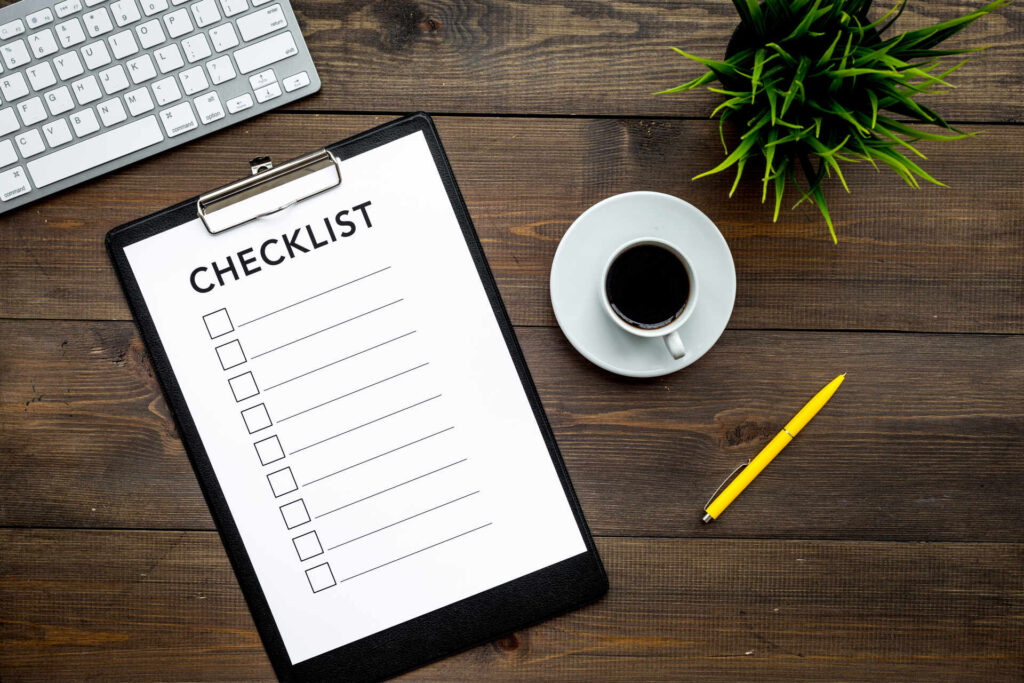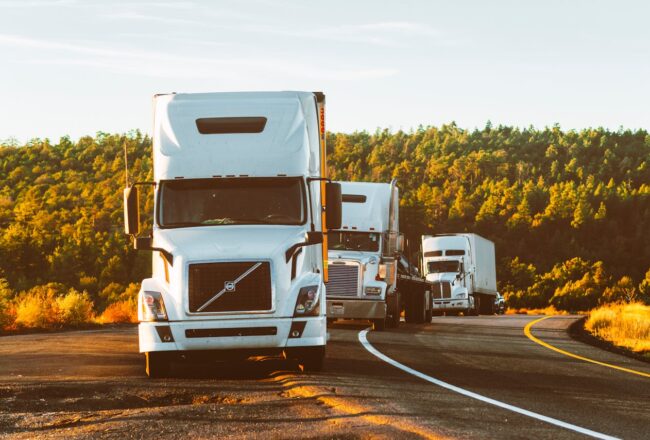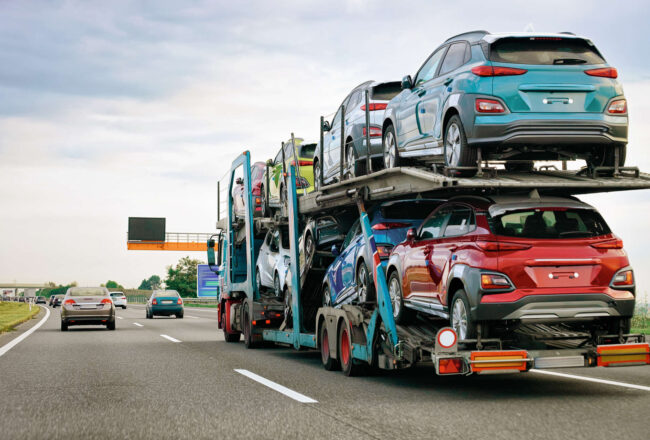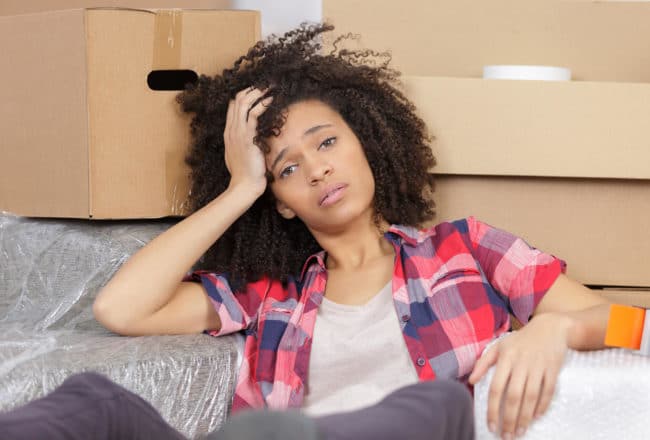When planning a relocation, you must take into account each stage of the process. And even if you have just begun researching cross-country moving companies, it’s not too early to learn about the things to do after moving. It is always the right time to answer the basic questions regarding the steps you ought to take.
Follow our proven tips to fully understand what to do after moving – and how to do it correctly. That way, you will have the fresh start you’ve been hoping for. And if you’ve chosen the most reputable state-to-state movers, there will be less to worry about before, during, and after you have reached your new home.
The List of Things to do After Moving Into a New House
Regardless of your reasons to move, there are some tasks you will have to take care of. The correct way to move efficiently is by planning the whole process on time. Moreover, you should prepare a list of assignments for every stage of the move – stuff to do before the move, chores for the big day, and stuff to tackle as soon as you reach your destination. Aside from meeting new neighbors, here are other essential things to do after you move:
- Take a tour of your future place, inspect every corner, and take photos.
- Figure out what goes where, locate the fuse box, and check out how to turn the water off.
- Do a deep clean and disinfect your place room by room.
- Unpack smartly and efficiently. Save your packing materials and store them adequately.
- Notify the right services, suppliers, and companies – including your post office, bank, credit card company, and the IRS.
- Take care of your health insurance policy and transfer it on time,
- Change your locks and take other security measures around the house.
Pro tip: If you have hired professional state-to-state movers for your relocation, you should double-check all the boxes and belongings you have acquired their loading and unloading service for. In case of any damage or loss, you are entitled to remuneration. Although these moves are very safe (when you choose the right team), slip-ups can happen, which is why you should pay attention to the condition of your items as soon as you arrive.

Deep-Clean the Home Before You Unpack
So what should you do right after you move? Right after you get to know the place, make sure to clean it up and disinfect every bit of it. Here’s a list of proven tips you will need to follow when cleaning:
- The rule of thumb is to always go from the top (shelves and windows) and move on to the bottom (floors and rugs),
- Get the right cleaning supplies and products for each room and every surface,
- Go room by room,
- Don’t neglect the yard, gutters around the house, and spaces used as storage areas, like the basement, attic, or garage.
Now that you have some basic insight into this segment of the after-move process, learn the correct order of doing stuff. The kitchen should be first in line for a retouch. Packing dishes for a move was probably tricky, and once you have managed to transport them safely to your new home, you should place them into clean cabinets. Deal with the drawers and each corner of the cooking area. Don’t forget the less accessible places like those under the stove or fridge. Handle the washer and see if the garbage disposal unit needs a scrub.
According to expert tips, bathrooms should come right after the kitchen. Improvise and learn about DIY products to deal with metal surfaces with water stains like faucets and showerheads. Lemon and baking soda are good for your health, belongings, and finances.
Learn the Best Ways to Unpack Quickly and Add Them to the After Moving Checklist
If you have learned how to organize your packing process correctly, picked the best-sized boxes suitable materials, and labeled each box carefully, unpacking will be a breeze. Here’s how to speed up the unpacking and avoid getting lost along the way:
- Develop a system that suits you,
- Start with the relocation essentials,
- Do the kitchen first – unpack your pots and pans, dishes, plates, glasses, and other fragile items,
- Continue by unpacking the bedrooms and move on to the bathroom,
- Proceed to deal with the furniture and start to arrange it appropriately,
- Leave the utility and storage areas for last.
Don’t approach your boxes and suitcases without a plan. That way, you’ll only clutter your home. It is best to come up with a clear strategy and follow it. Take some time to adjust your eyes to the place and enjoy it. Ask your family for help – but be sure to make unpacking fun, especially if you moved with kids.
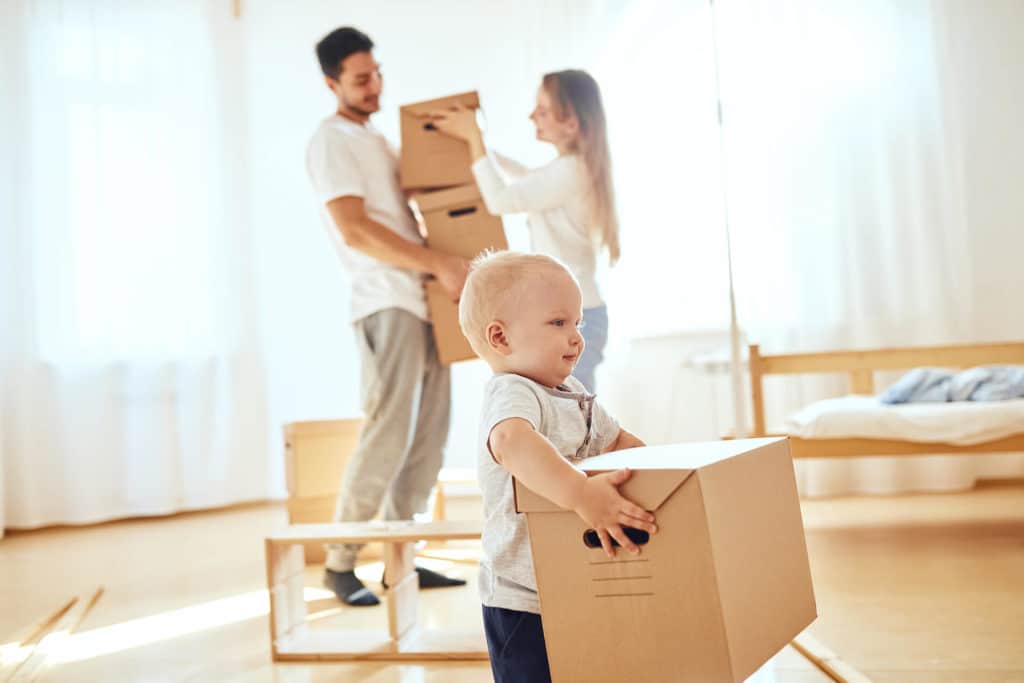
Change Your Address – Register Online or in Person
To avoid the fuss and confusion, you must notify the post office and various other agencies and suppliers of your move. Still, the question remains – How early should you change your address when moving? Most people say that it is best to change your address two weeks before the day of your relocation. That way, all of your mail will be forwarded to you on time and to the right location. The change will take effect around seven business days after you have filed for it. If you’re relocating with family to another state, you can file jointly. However, if you forgot to do this before the relocation, do it as soon as you move in.
Pro tip: When handling paperwork and notifying the post office, bank, or the IRS of your move, keep all records and receipts close. Organize your important documents before the move since they are among the most commonly forgotten things to pack. If you book professional packing services when moving state-to-state, keep your cash, valuables, and important papers packed in a separate bag or case – and deal with them individually.
Register Your Car and Renew the License
Once you reach your destination – you will undoubtedly want to use your car. A vehicle comes in particularly handy to those who move from a small town to a big city. Still, deciding whether you’ll be driving the whole distance or getting car shipping services isn’t the only thing to consider.
So when it comes to your car, do you know what to do after you move to a new state? You will most likely need to register your vehicle and update your driver’s license. However, these laws aren’t the same in all states. The whole procedure largely depends on the area and the local regulations, so research the needed paperwork and the rest of the requirements.
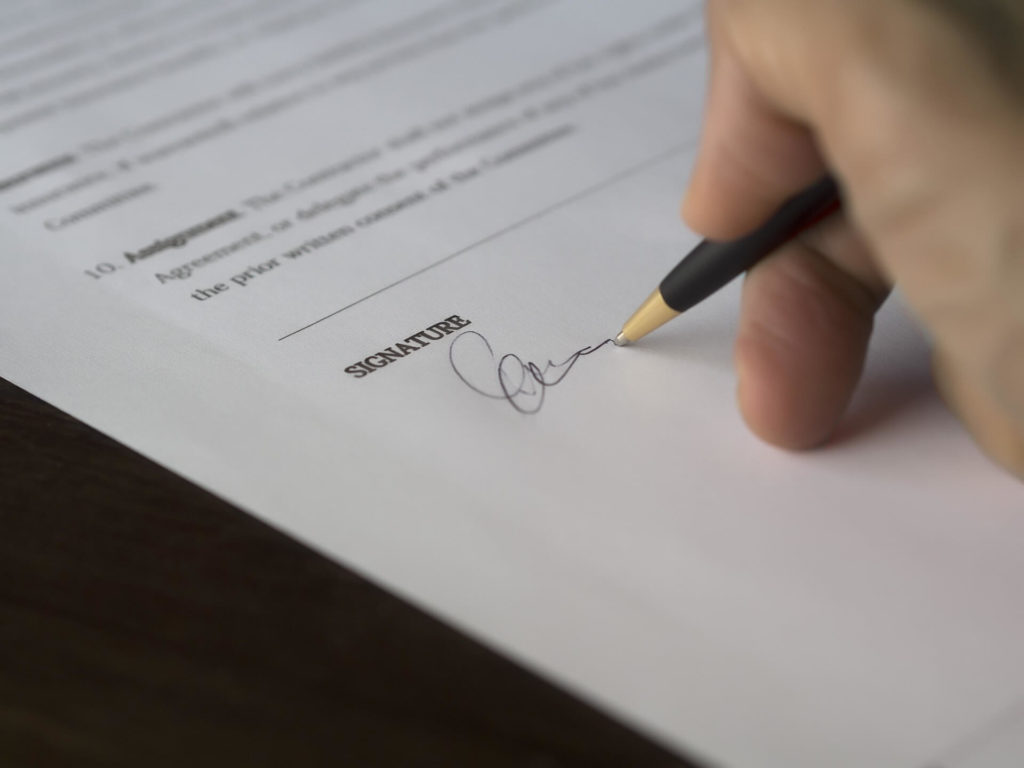
Take Care of Utilities and Other Services
Your list of things to do when you move can’t be complete without taking care of utilities. Make sure to reach out to the service providers in advance and schedule their visits. Even if you’re planning a last-minute move, take a moment and arrange the switch with:
- Gas, electricity, heating, and cooling service providers,
- Local water and sewer companies,
- Cable, internet, and phone companies,
- Waste management and local garbage pick-up services.
In addition, you should find the fuse box and water valve right after you move in. Suppose a power outage suddenly happens, or you have to turn off the water at some point. Knowing what’s where will save you time and nerves. Most homes have fuse boxes in the basement, garage, or storage room, and the water valve is probably located outside.
Schedule the Necessary Repairs Around the House
Unless you’re coming to a newly-built home that no one has lived in before, odds are you’re going to have to do some repairs. You will most likely get an idea of what these are during the first walkthrough. Still, it won’t hurt to take a second glance and prioritize your repairs. You won’t need to deal with most of them right away. Making a list of what has to be done will help you get a good idea of the precise order, costs involved, and how long the repairs will last.

Change Your Locks
Switching the locks is a great way to ensure that every household member and all belongings are safe. Even if you’re not worried about the previous owner, there’s no way to tell who else could have a key to your residence.
That is why you will need to contact a locksmith to come by and change the locks. Doing the same with the doors inside is also recommended. These expenses are pretty low, but the tasks involved will add to your (and your family’s) safety.
Secure Your Home Even More
Relocating alone entails a certain set of precautionary measures. However, if you’re planning a move with kids, securing the indoors is a bit more demanding. The same applies to those who move with pets – additional safety is implied. Do some baby-proofing and pet-proofing:
- Secure the doors, windows, and staircases,
- Take a good look at the loose cords from curtains and drapes – or electronics,
- Watch out for sharp edges,
- Put any small items away,
- Remove all flammable objects from the kids’ reach,
- Store your medicine, vitamins, and other similar products safely,
- Keep an eye on cleaning products and place them in the cabinets that your children can’t access.
Safety is the most important thing to look out for when you move. This video contains simple and affordable tips for baby-proofing your place:
Don’t Forget Your Healthcare Providers
Health insurance is important, so ensure to stay covered after you relocate. State-to-state moving makes you eligible for the Special Enrollment Period, for which you can apply quickly online. Still, check if your chosen state is listed on the HealthCare.gov website or if it has its own application form. Be careful when filing for a healthcare program – don’t make a mistake when updating your personal data and address.

Get to Know Your Neighbors
Saying bye to friends is never easy. However, when you reach your destination, there will be other people you will meet. Getting to know the community early is a good way to adjust to the environment and learn about the local hot spots. Ask your neighbors about the grocery stores, malls, bars, restaurants, and outdoor activities they enjoy. Once you make friends with your neighbors, it will be much easier to overcome depression after relocating.
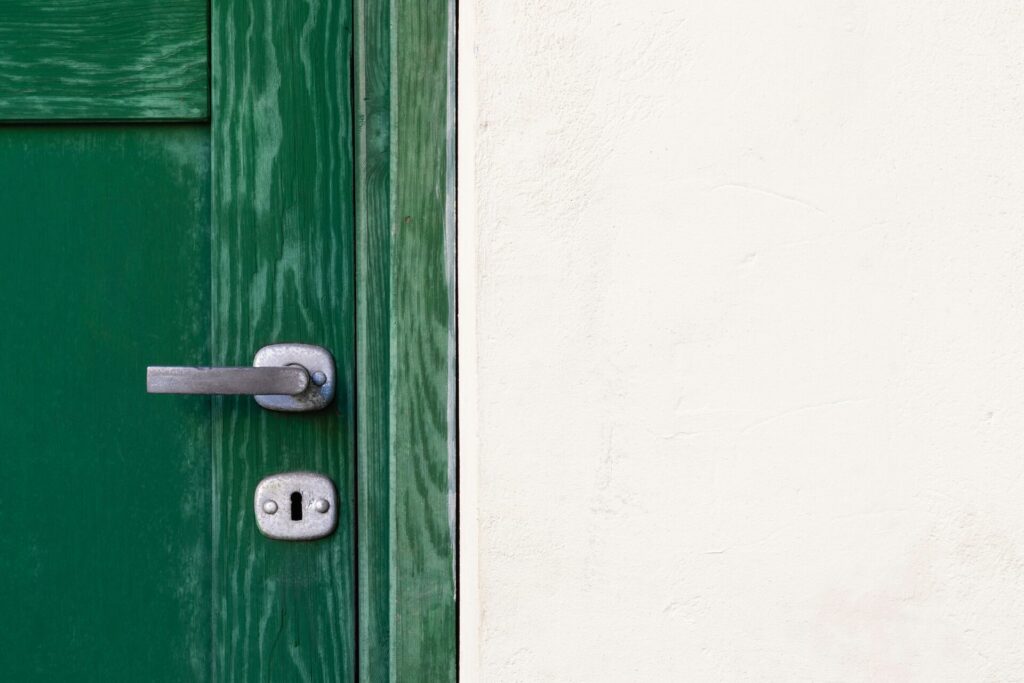
Keep the Essentials in Mind
When you select a perfect place for your new home, you will most likely start to look for the cheapest way to move out of state. However, there are other tips to follow and things to consider for a stress-free relocation. Do the research to find and contact the most reliable company and obtain the smoothest interstate moving services.
As soon as you plan out the entire process and create your extensive checklist for relocating to another state, it’s the right moment to sketch up what comes afterward. Notify the right companies, update your address, and make sure to obtain the necessary services upon arrival. Lastly – don’t skip the deep-cleaning and mindful unpacking. Plan them correctly and use your time wisely. Are you ready for the move?

